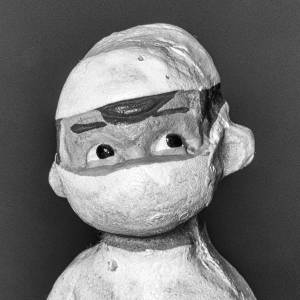MonoMonday: Invented in the 19th Century
For today’s MM challenge of “Inventions of the 18th Century” I decided to go for a local invention. Charles Parsons (1854-1931) was born in London and read maths at Trinity College, Dublin and at Cambridge, then although it was fairly unusual for the son of an Earl (his Dad was the 3rd Earl of Rosse in Ireland) he then took up an apprenticeship with WG Armstrong in Newcastle (clearly Armstrong’s fame as an engineer had already spread far and wide).
In 1884 Parsons invented the steam turbine, which he initially used to drive electrical generators (Gustav de Laval, a Swedish inventor, also developed a steam turbine in the same decade but it had many problems which Parson's invention avoided). He founded his eponymous company in 1889 (and my maternal grandfather worked there as a draughtsman); today the company is part of Siemens.
Parsons realised the potential for steam turbines to drive ships, and in 1894 he launched Turbinia, the first vessel to be powered by steam turbines, as a vessel to experiment with – and prove – the value of this means of propulsion. He was disappointed with its initial performance (it had a maximum speed of “only” 20 knots – not bad in itself for the time). However he discovered that this was due to “cavitation” – bubbles forming – around the propellers, and after he redesigned them the ship could manage 34 knots (39 mph) – very much the fastest ship at the time. Cheekily he turned up unannounced with Turbinia at the navy review for Queen Victoria’s Diamond Jubilee in 1897 and Turbinia almost swamped the navy picket boat trying to catch up with her! Turbinia set the standard for the next generation of steamships, the majority of which would be turbine powered
As an experimental ship, Turbinia had a short active life of only about 12 years, and in 1926 was offered to the London Science Museum. Sadly they only had room for half of her, so she was cut in two with oxyacetylene cutters and only the stern section went there. Fortunately however by 1961 she had been put back together again and she now resides in the Discovery Museum in Newcastle. So of course I had to go there this morning to take some photos. The main blip shows her 9 propellers on 3 shafts (which were driven by three turbines) and the extra shows the whole ship in her current resting place.
Many thanks to laurie54 for hosting MM.


Comments
Sign in or get an account to comment.


